Australia – Zoo without Fences
Australia – Zoo without Fences
Australia’s unique wildlife is one of the main attractions for visitors. The beauty of it is it is a zoo without fences. You can observe the wildlife from a distance and remember it is always observation and no interactions.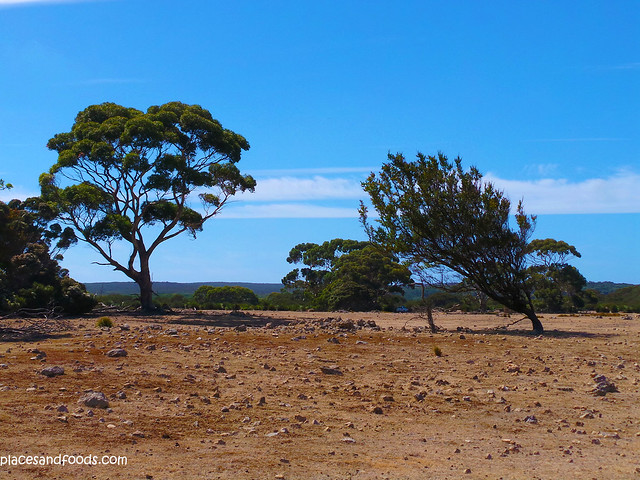
Here are some of the top places you can get close to them in their natural habitat and also some of my experiences in Australia.
South Australia
Kangaroo Island is a true zoo without fences. Watch Little Penguins waddling home after a day out at sea, or take a cruise and swim with the island’s resident pods of dolphins. Bird-lovers will find some 270 species including the rare Glossy Black Cockatoo, which is only found here.
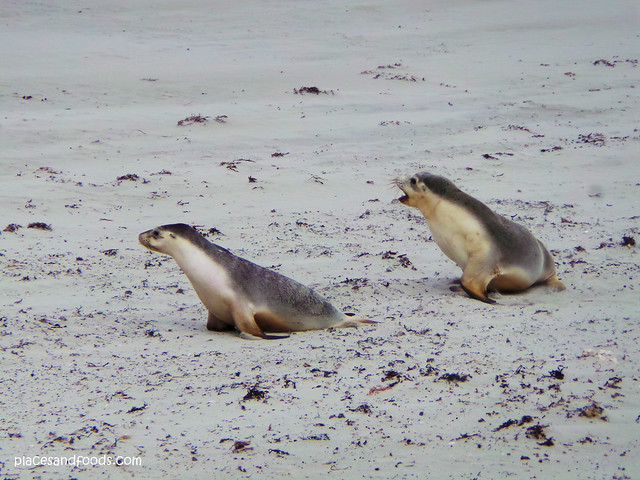
At Seal Bay Conservation Park, the island’s most popular attraction, join a guided tour to see the endangered Australian Sea-lions in their natural environment of coastal vegetation, dunes and beach. Wander along the 800-metre boardwalk which meanders through the limestone cliffs and dunes to viewing platforms where you can observe the sea-lions surfing the waves or sunning themselves on the beach as you enjoy the stunning coastal scenery.
The Seal Park Conservation Park is one of the only places in the world where you can wander within metres of hundreds of rare Australian Sea-lions as they lazily doze on the beach.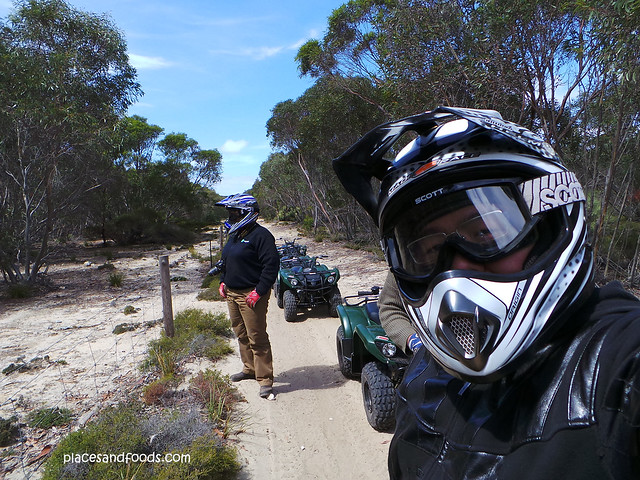
Kangaroo Island Outdoor Action at Vivonne Bay, Australia’s BestBeach, is your one stop action shop! With a range of Kangaroo Island tours and activities including quad biking and sandboarding, kayaking and more. I took the ATV (All Terrain Vehicle) ride for more than an hour, it is the best ATV adventure I experienced in my life. We stopped in various places to observe the wildlife in their playground.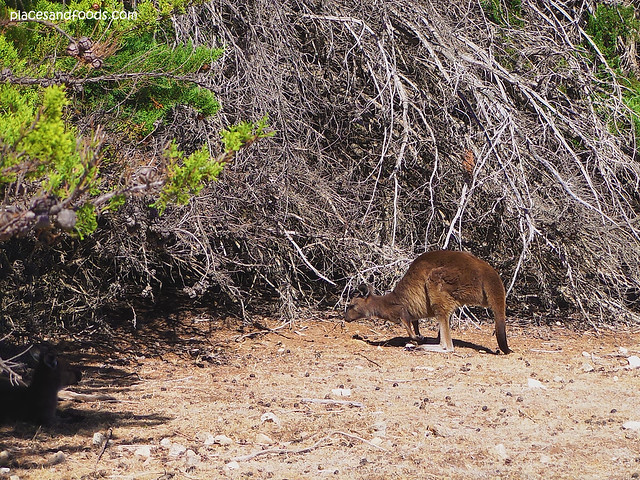
Flinders Chase National Park. Located at the western end of Kangaroo Island, one of Australia’s largest parks covering 74,000 hectares of untouched bushland. The park is home to a variety of fauna, including Kangaroo Island kangaroos, koalas, Tammar wallabies and the endangered Cape Barren geese.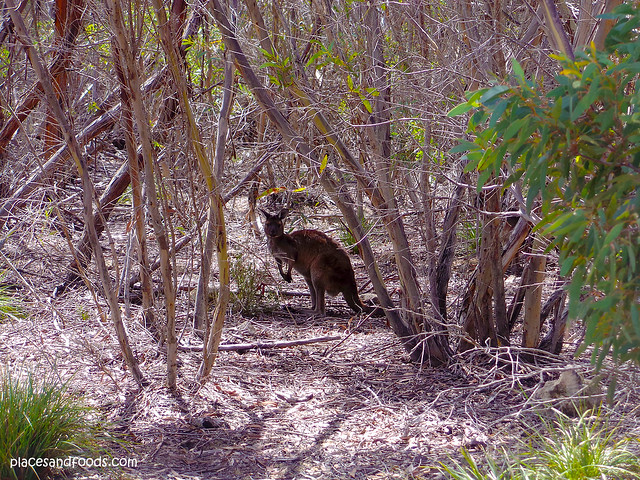
It is considered to be one of South Australia’s most significant parks due to its natural state and wildlife. From wind-sculpted rock formations that sit atop a smooth granite dome known as Remarkable Rocks to Admirals Arch, a perfect sweep of rock under which the surf pounds and New Zealand Fur Seals play or the beautiful beach at West Bay and the walk to the mouth of the Rocky River, the national park is a must see for any visit to the island.
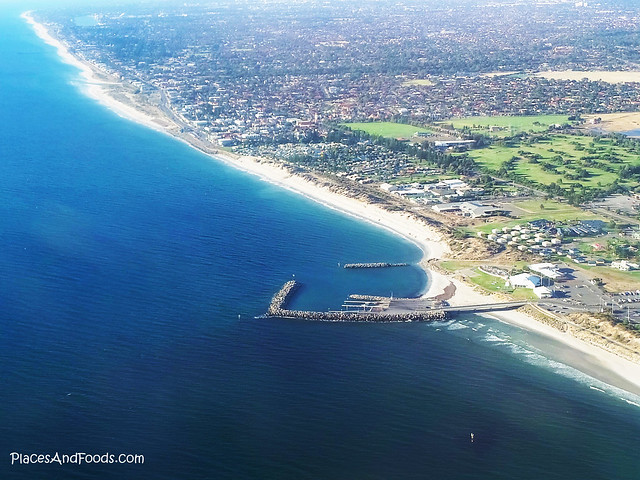
(Port Lincoln Aerial View)
On the Eyre Peninsula you can swim with sea lions and dolphins. The Eyre Peninsula is carved out by the relentless pounding of the arctic swells, the south coast is as picturesque as it is harsh and offers a unique wilderness experience with views from cliffs tops and vantage points north over Proper Bay and south toward Neptune Islands, the perfect backdrop to hear the tales of the early seafarers and whalers who plied their trade in the region.
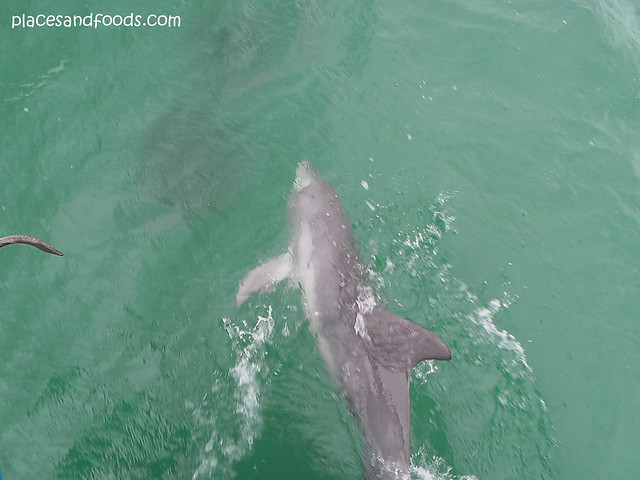
(Dolphins Encounter in Coffin Bay, Eyre Peninsula)
During the whale season we can watch cows and calves at play only metres from the shoreline. The expansive, stark white coastal sand dunes make an ideal playground for some innocent fun, the thrill of dune driving up the steep inclines or sand boarding down offers plenty of spills and laughs.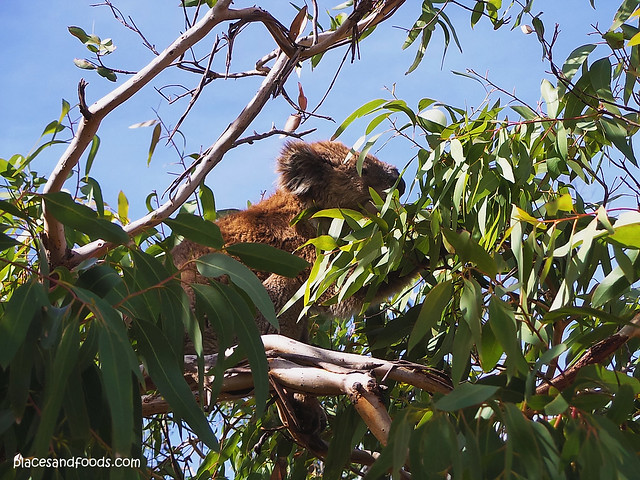
Further inland an abundance of wildlife is discovered in the low eucalyptus scrub. See Grey Kangaroos, Emus, Koalas and the endangered Yellow Tailed Black Cockatoo in their natural habitat. The abundant wildlife and diverse eco system keeps a keen eye well rewarded. Scattered amongst the scrub are water bores supplying potable fresh water from the Uley basin to Port Lincoln and Eyre Peninsula.
Tasmania

(A cloudy Cradle Mountain)
Tasmania’s isolation from mainland Australia has meant the survival of many plants and animals that are rare or extinct elsewhere in the world. You may be lucky to encounter a wombat or shy platypus or hear the chilling screams of a Tasmanian devil as you walk a forest path or sit quietly by a stream in the World Heritage-listed wilderness. Narawntapu National Park is one of the best places to see a variety of animals. See fairy penguins waddle up the beach at dusk at Bicheno on Tasmania’s east coast. Birdwatchers should not miss visiting Bruny Island.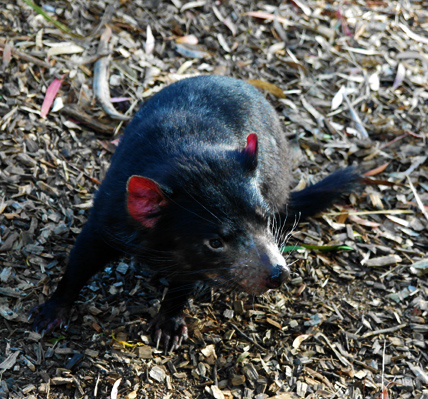
(Tasmanian Devil)
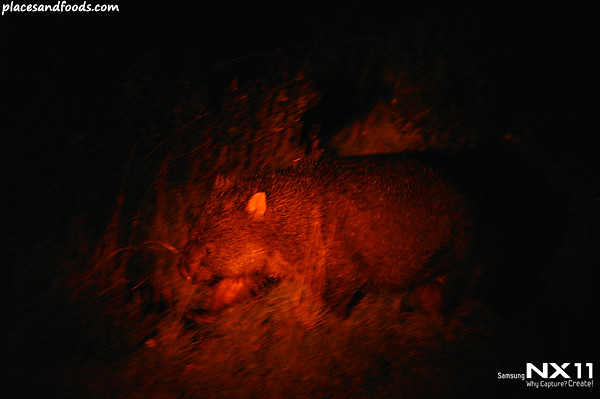
(Spotted a wombat during the Night Wildlife Tour with McDermott’s at Cradle Mountain Tasmania)
While dramatic Cradle Mountain (1545 m), named by explorer Joseph Fossey in 1827, is the well-known feature of this National Park, it has many wild faces that are breathtaking in their beauty. Stands of native deciduous beech are a rich orange in autumn, rainforests and alpine heathlands have links to the ancient supercontinent of Gondwana, icy streams cascade down mountainsides, glacial lakes abound, and at the southern end of the park is Australia’s deepest freshwater lake, Lake St Clair.
Victoria
Victoria’s Phillip Island Nature Park is home to one of Australia’s most popular wildlife attractions, the nightly Penguin Parade. Rangers guide small groups of people to view the penguins as they come up the beach each evening. You can join an expedition to swim alongside playful dolphins or seals in Port Phillip Bay. Victoria has more than 100 national parks where you can see kangaroos, emus, wombats, lyrebirds, glow worms, platypus and Tasmanian devils in their natural habitat. Watch for whales at Warrnambool between June and September.
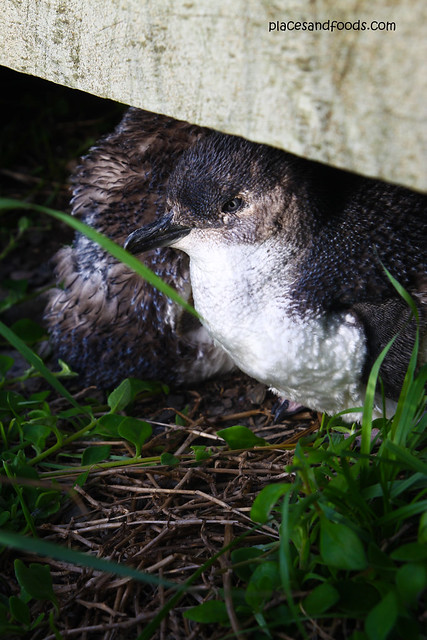
(Wild Penguins at Nob
I have been traveling to Australia quite often lately and each traveling experience is unique. There are many encounters with Aussie wildlife and I stumbled upon kangaroos, seals, sea lions, dolphins, wallabies, wombats, emus, Dingos, koalas, Tasmanian Devils and the list goes on. I am looking forward for my next trip to Australia in near future as there are so many things to see in the outback.
For more info, visit www.Australia.com
 Please follow us on Instagram
Please follow us on Instagram





I love Australia’s little creatures!
We have zoo without fence here in Malaysia too but all the animals hiding from the hunter! LOL
Now tell me… is this the most beautiful country in the world?